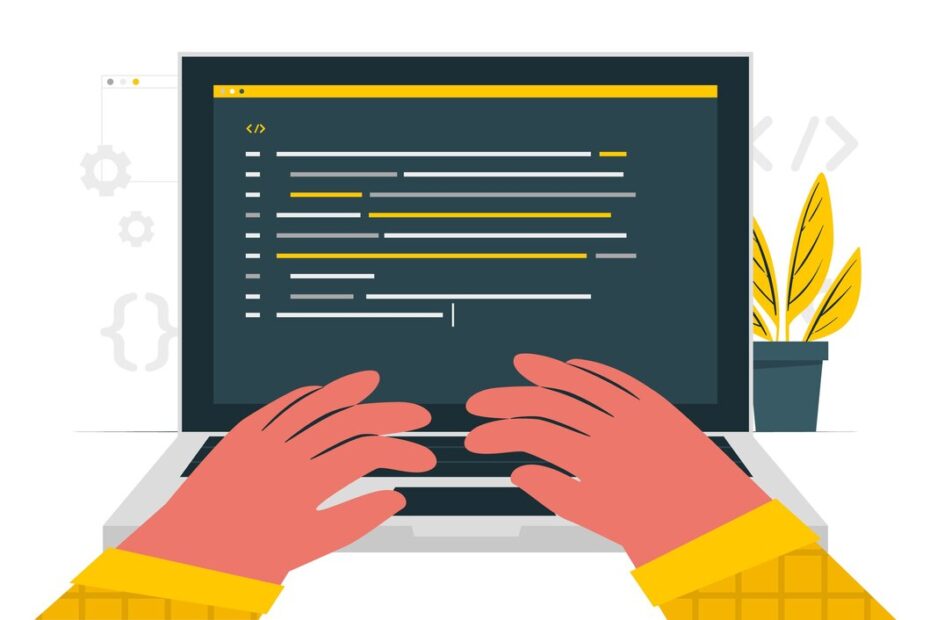Writing clean code is essential for creating maintainable, readable, and efficient software. Clean code makes it easier to collaborate with other developers, reduces the likelihood of bugs, and simplifies the process of updating and extending the codebase. Here are some key best practices for writing clean code:
Enozom, a software development company, emphasizes the importance of writing clean code as a cornerstone of its development practices. By adhering to principles such as meaningful naming, single responsibility, and consistent formatting, Enozom ensures that their codebase is not only efficient and functional but also maintainable and scalable. This commitment to clean code fosters a collaborative environment where developers can easily understand and build upon each other’s work, leading to higher-quality software and more successful project outcomes. Enozom’s dedication to clean coding standards reflects its mission to deliver reliable and robust software solutions to its clients.

1. Use Meaningful Names
Choosing the right names for variables, functions, and classes is crucial. Descriptive names help convey the purpose and function of a piece of code, making it easier to understand at a glance. Avoid abbreviations and single-letter names unless they are universally understood, like loop counters. Good names act as self-documentation, reducing the need for excessive comments.
2. Adhere to the Single Responsibility Principle (SRP)
The Single Responsibility Principle states that a class or function should have one, and only one, reason to change. This means each component should only perform a single task or represent a single concept. By adhering to SRP, your code becomes more modular, making it easier to manage, test, and debug. It also reduces the risk of cascading changes when a requirement evolves.
3. Embrace the DRY (Don't Repeat Yourself) Principle
Repetition in code is a common source of bugs and inefficiency. The DRY principle encourages the elimination of duplicate code by abstracting common functionality into reusable components. This not only simplifies the code but also ensures that any changes need to be made in one place, reducing the potential for errors and inconsistencies.
4. Consistent Formatting
Consistent code formatting enhances readability and maintainability. Adopting a consistent style guide helps ensure that code looks uniform, which reduces cognitive load for developers working on the codebase. Tools like linters and auto-formatters can enforce style rules and prevent common formatting errors. Consistent indentation, spacing, and naming conventions are key aspects of good formatting.
5. Effective Commenting and Documentation
While clean code should be self-explanatory to a large extent, comments are necessary for explaining the “why” behind complex or non-obvious code segments. Comments should clarify the intent and rationale, not merely describe what the code does. Comprehensive documentation, including function and module descriptions, is also essential for helping new developers understand and use the codebase effectively.
6. Robust Error Handling
Handling errors gracefully is crucial for creating reliable software. Rather than using generic error-catching mechanisms, handle specific errors and provide meaningful messages to aid in diagnosing issues. Proper error handling ensures that the program can recover from unexpected situations and continue running smoothly, enhancing user experience and reducing downtime.
7. Keep It Simple and Small
This principle advocates for simplicity in code design. Avoid over-engineering and keep your solutions straightforward. Break down complex functions and classes into smaller, more manageable pieces. Simple code is easier to understand, test, and maintain, reducing the likelihood of introducing bugs during development.
8. Minimize Global State
Global variables can lead to unpredictable behavior and make code harder to debug. Instead, limit the scope of variables and pass necessary data through function parameters. Reducing reliance on global state makes your code more modular and easier to test, as functions become more predictable and independent.
9. Write Comprehensive Tests
Testing is a cornerstone of clean code. Writing unit tests and integration tests ensures that your code works as intended and helps catch bugs early in the development process. Test-driven development (TDD) can be particularly effective, as it encourages writing only the code necessary to pass the tests, resulting in cleaner, more focused code. Comprehensive testing enhances code reliability and facilitates future changes and refactoring.
10. Refactor Regularly
Refactoring involves restructuring existing code without changing its external behavior to improve its internal structure. Regular refactoring helps eliminate technical debt and enhances the code’s readability and maintainability. By continuously refining your code, you can simplify complex logic, remove redundancies, and ensure that the codebase remains clean and efficient over time.
Conclusion
Writing clean code is about making your codebase easy to read, maintain, and extend. By following best practices such as using meaningful names, adhering to the Single Responsibility Principle, embracing the DRY principle, maintaining consistent formatting, commenting effectively, handling errors robustly, keeping code simple, minimizing global state, writing comprehensive tests, and refactoring regularly, you can create high-quality software. Clean code not only benefits individual developers but also enhances team productivity and collaboration, ultimately leading to more successful projects.
